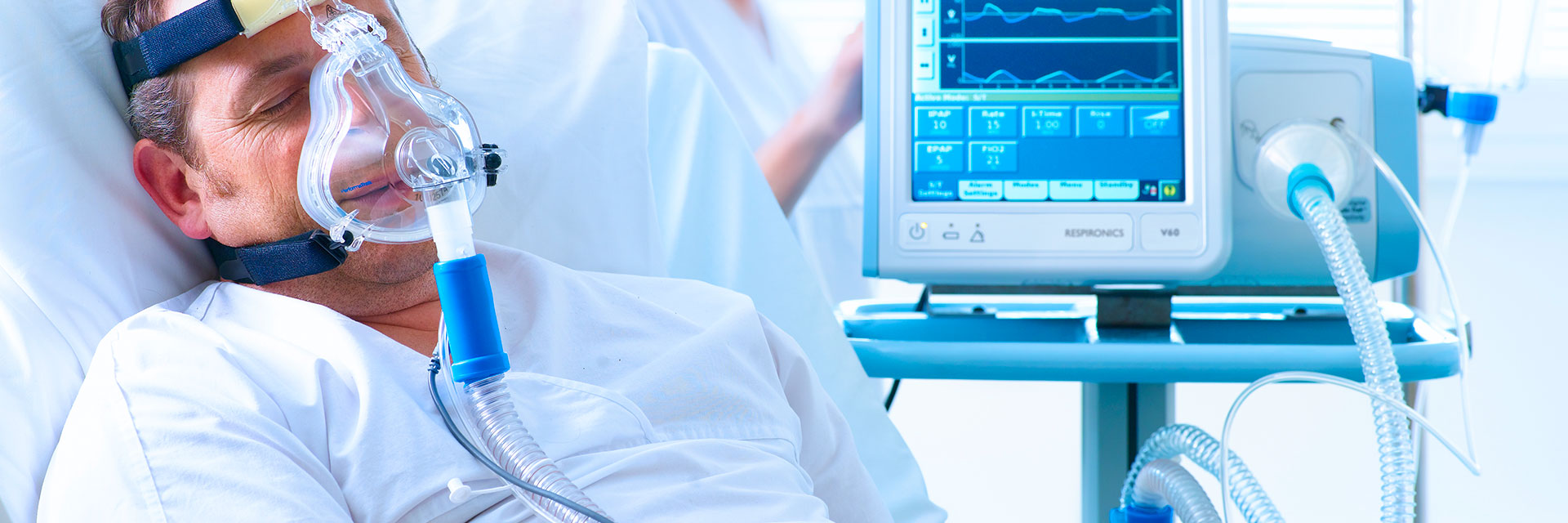

The BS EN 269 standard has been developed by the British Standards Institute (BSI) to explain the characteristics, test methods and marking criteria of respiratory devices used with the hood, powered by batteries, and where fresh air is supplied by hose. This standard has been published in our country by the Turkish Standards Institute (TSE) under the following heading: TS EN 269 Respiratory protective devices - Respirator used with the hood, powered by power (with battery) and supplied with clean air by hose - Features, experiment, marking.
-calisan-ve-temiz-havanin-hortumla-saglandigi-solunum-cihazi.jpg)
When using respirators, it is very important to know what the hazard is and its scope and to choose the right equipment. Different types of breathing apparatus have different features that affect breathing performance and reliability. Basically, a suitable NIOSH certified respirator should be selected, a device complying with the specifications contained in the NIOSH certificate should be used, and user factors should be considered.
The abbreviation of NIOSH is derived from the National Institute for Occupational Safety and Health, which stands for the National Institute for Occupational Health and Safety. The aim of this organization is to develop new information in the field of occupational health and safety and to put this information into practice. She uses scientific data, high quality level and transparent and independent referee evaluations in her work. Its vision includes safer and healthier employees.
The EN 269 standard describes the minimum requirements for a breathing apparatus with a hood, a battery operated and a clean air hose, as a respiratory protective device. This standard covers two different device classes. This difference is related to mechanical performance, not respiratory protection. This standard does not cover escape and diving equipment used in abrasive blast operations. The EN 269 standard also describes the test method in a laboratory environment to evaluate compliance with requirements.
Within the scope of breathing apparatus compatibility tests carried out by our organization EUROLAB, testing services in accordance with TS EN 269 standard are also provided.
To get an appointment, to get more detailed information or to request an evaluation, you can ask us to fill in our form and reach you.